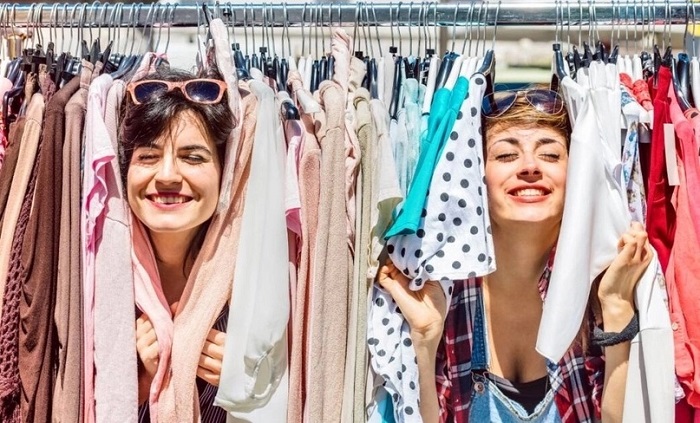Second-hand clothing has a long history dating back centuries past. Once upon a time, used clothes, especially children’s clothes, were passed from hand to hand within a family. Younger children wore the clothes and shoes after the older children. The elders in the family passed down traditional handmade folk festive costumes to their offspring.
Since the end of the 20th century, second-hand clothing has become a business, wholesale and retail.
Today, many people give their used clothes and shoes as donations. Certain companies collect such clothes, dry clean them, sort them, check them and give them a chance for a second life. Today, anyone can also privately sell their used clothes, for example, a second-hand designer dress or bag.
There are secondhand shops like https://www.sonnechko.com/ that carefully select used clothes of popular brands and sell them online. This is a modern and very convenient format of re-trading. Buyers do not need to look for a second-hand store near them and spend time going to the store. You can just look through an online second-hand catalogue and choose used shoes, a bag or a jacket there — any item you like. Nowadays, everyone knows their size, and everyone buys clothes without trying them on, it’s not a problem.
You can place an order on the website online in 2 minutes. If you buy several things at the same time, delivery will be cheaper.
It is very profitable to buy second-hand children’s clothing. Children do not wear clothes and shoes for a long time, because they grow up quickly and need to update their wardrobe every season. High-quality branded second-hand children’s clothes look as good as new and cost several times less. Parents who buy second-hand clothes and shoes for their children set a good example for their children and teach them to consume sustainably and to have a rational approach to things and money.
Millions of people believe that buying second-hand clothes is profitable and rational, and it is the right thing to do. That’s why there are more and more second-hand stores every year, and they have different specialisations. Some stores sell very cheap second-hand clothes by weight. Other ones carefully select branded and designer items and vintage clothing and sell high quality second-hand goods. Each product has its own target audience. So this business is thriving and expanding. It is predicted that by 2030, the share of second-hand clothing in the retail trade will reach 20% or even more.
